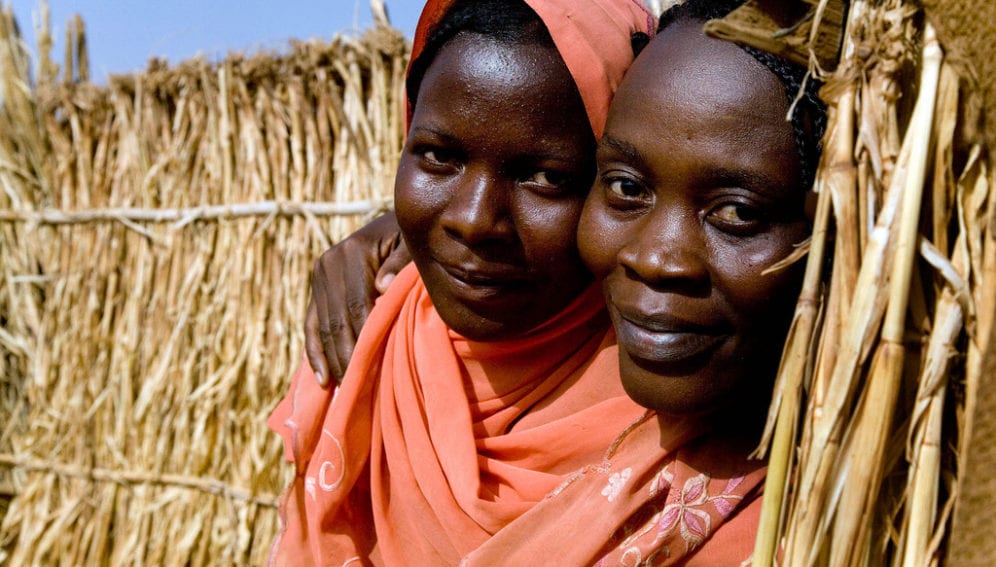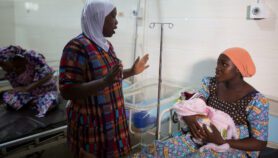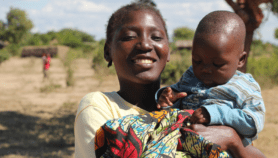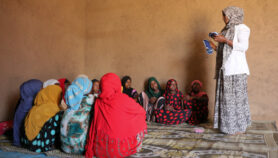By: Henrietta Miers
Send to a friend
The details you provide on this page will not be used to send unsolicited email, and will not be sold to a 3rd party. See privacy policy.
Recent research shows that British TV audiences mainly respond with indifference to news stories about suffering in poor countries, although non-news programmes can inspire a more nuanced understanding of the issues. Images of suffering often depict women. Would audiences feel greater empathy if there were more upbeat stories about women?
Portrayal of women as victims in the media is common, as I have written previously. Think of a refugee camp and you think of the sexual exploitation of women. Think of Afghanistan and you think of a woman wearing a burka. But the suffering of women is not the whole story in either scenario. For example, many Afghan women do not regard Purdah — the tradition of seclusion — as oppressive.
While it is important to expose the public to the plight of those less fortunate than themselves, cheerier images showing women's resilience when times are hard might make people more willing to donate to appeals.
There are plenty of examples from which TV producers can draw inspiration. Take the short film Snake, for example. Against a backdrop of images of Afghanistan, women recite poems using landay, a traditional two-line poetic form, which has served women for centuries as a means of self expression. The poems dwell on war, sex, rage and love, and are infused with a spirit of resilience, wit and dark humour (see clip below). The film is a collaboration between film-maker Seamus Murphy and writer Eliza Griswold and has been received with critical acclaim in the United States.
Or take the ambitious project to stage the anti-war tragedy The Trojan Women in Jordan with a cast and crew of Syrian refugees. The play was written by ancient Greek playwright Euripides’ and portrays the fall of the city of Troy to Greeks and the fate of its exiled women. Its enduring themes of defeat and loss have allowed the female cast to reflect on what they themselves have suffered.
Audiences, too, have learnt about the plight of the Syrian refugees. The play has been covered by several international TV stations, a documentary is in production, and aid agencies have offered the writer-filmmaker pair behind the documentary project, Charlotte Eager and William Stirling, funds to stage other plays. The UN Refugee Agency has also offered to support a tour.
The successes of these examples indicate that positive stories about women can inspire funders to give. It would be interesting to know if the same holds true for TV audiences; future research could investigate the levels of empathy that positive and negative coverage elicits.
Martin Scott of the University of East Anglia, United Kingdom, the man who did the audience research, believes “the case for much development assistance is made on the basis of suffering”. But should it be? I suspect that cheerier images would be more successful in persuading audiences to reach for their wallets.
Click here for the documentary 'Snake', enter password 'asma' to view.
Henrietta Miers has worked across Africa and Asia as a gender and social development consultant for 20 years, specialising in gender policy. She is senior associate of WISE Development, a consulting company that focuses on boosting economic opportunities for poor women.














